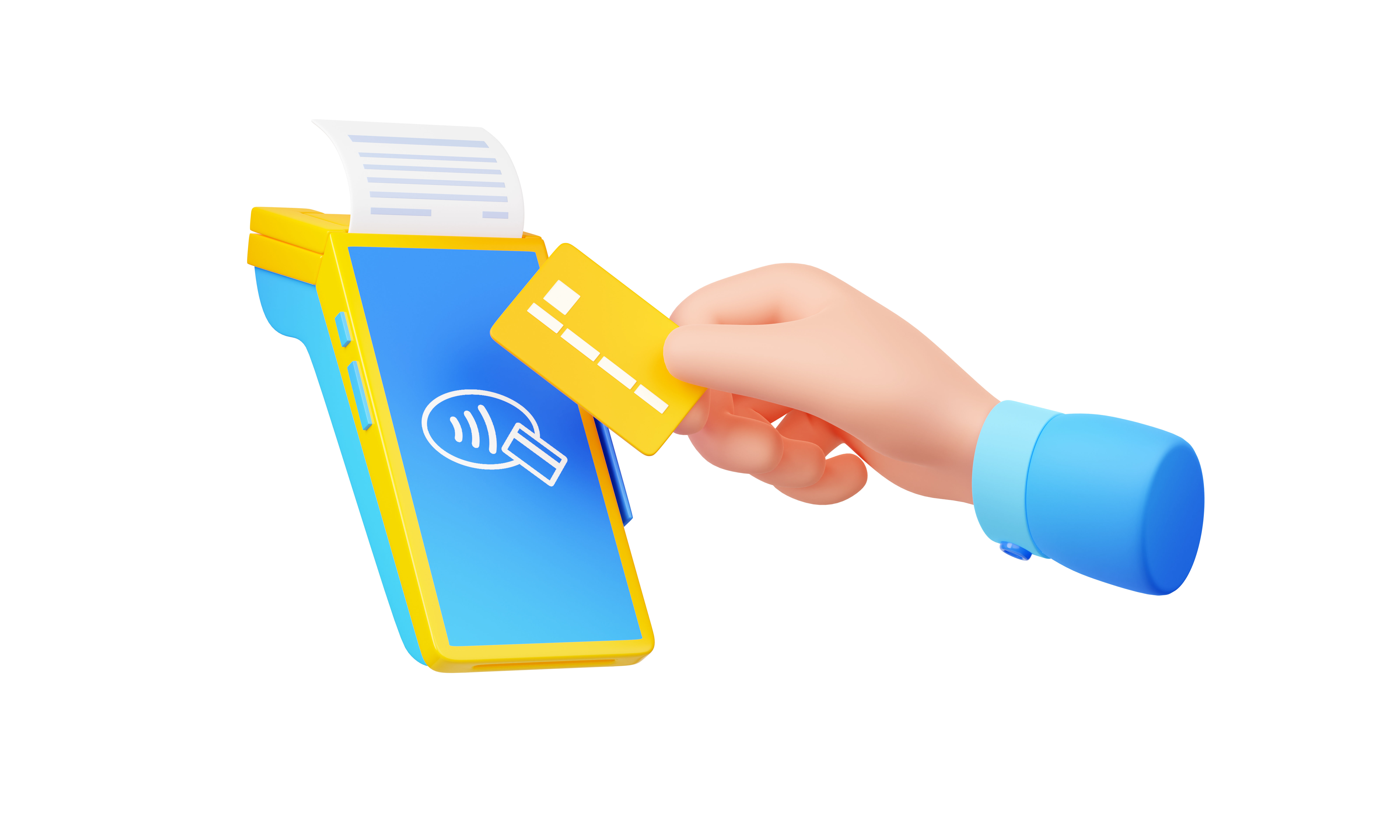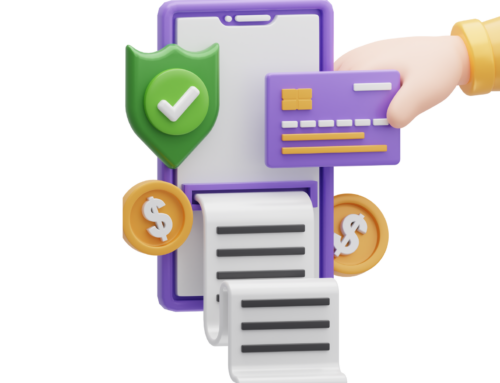The emergence of digital transactions has provided consumers with an unparalleled level of convenience, enabling them to conduct purchases via the Internet, mobile applications, or a multitude of digital platforms. Nevertheless, this convenience also engenders a heightened susceptibility to unscrupulous endeavours, specifically with regard to credit card transactions. With the increasing prevalence of digital credit card receipts, it is imperative that businesses and consumers maintain a high level of vigilance and employ preventative measures to detect and avert potential fraudulent charges. This article will examine a range of methodologies for readily detecting and preventing fraudulent transactions involving digital credit card receipts.
Consistently scrutinise credit card statements
Regularly monitoring credit card statements is an essential practice in averting fraudulent charges. Online banking platforms frequently exhibit real-time or minimal latency in the reflection of digital transactions. It is imperative for consumers to regularly examine their statements in order to verify the legitimacy of all transactions. Irrespective or unauthorised transactions must be promptly reported to the credit card issuer.
Alerts and Mobile Banking Applications
Mobile banking applications have evolved into potent financial management tools. Real-time alerts can be established by users in response to transactions surpassing a specified threshold or for any activity that deviates from typical spending patterns. By capitalising on these notifications, users can establish an early warning system that enables them to promptly identify and resolve potential fraudulent charges.
Construct a two-factor authentication system
It is imperative that both businesses and consumers give precedence to the integration of two-factor authentication (2FA). Before concluding a transaction, this additional layer of security requires users to provide a second form of verification, such as a fingerprint or one-time password. By incorporating this additional measure, the probability of unauthorised transactions is substantially reduced.
Securing Payment Gateways
The selection of a payment gateway is critical for organisations that process digital transactions. Select payment gateways that are reputable, secure, and compliant with industry standards for data protection. By encrypting consumer data, secure payment gateways make it difficult for fraudsters to intercept and exploit sensitive information.
It is imperative that both enterprises and individuals maintain their software, applications, and systems updated with the most recent security patches for security protocols. Obsolete software vulnerabilities are frequently exploited by hackers to obtain unauthorised access. Consistently implementing security protocol updates serves to fortify defences against potential threats and mitigate the likelihood of fraudulent activities.
Educate Employees and Consumers
Knowledge is a potent instrument in the fight against fraud. Simplify online safety procedures for consumers, such as refraining from transmitting credit card data over unsecured networks and circumventing dubious websites. In a similar vein, it is imperative that organisations impart knowledge and skills to their personnel regarding the identification and management of potentially fraudulent transactions.
Leverage the capabilities of artificial intelligence (AI) and machine learning (ML)
The implementation of AI and ML technologies can significantly contribute to the detection of patterns that are indicative of fraudulent activities. The implementation of sophisticated algorithms that perform real-time analysis of transaction data enables the prompt detection of anomalies and possible fraudulent activities. With the application of historical data, these systems can gradually improve their precision.
Geo-location monitoring has the potential to serve as a highly effective mechanism in combating fraudulent charges. Anomalies can be detected by businesses through the analysis of transaction geographical location, including occurrences of transactions in locations that deviate significantly from the user’s customary spending patterns. This may prompt further verification procedures or identify potentially fraudulent behaviour.
Behavioural analytics is a process that examines user behaviour and expenditure patterns in order to detect anomalies that could potentially signify fraudulent activities. Indicators of fraudulent activities may include irregular spending periods, out-of-the-ordinary transactions volume, or frequent purchases within a brief period. The integration of behavioural analytics into fraud detection systems can significantly bolster the capacity of organisations to detect and avert unauthorised transactions.
In light of the ongoing prevalence of digital transactions in the financial sector, it is critical to emphasise the significance of detecting and averting fraudulent charges that appear on digital credit card receipts. It is imperative for both consumers and businesses to embrace a proactive stance through the integration of technological solutions, security protocols, and diligent monitoring procedures. Through maintaining awareness, employing cutting-edge technologies, and cultivating a security-oriented environment, stakeholders can substantially mitigate the likelihood of becoming targets of fraudulent endeavours within the digital domain.
Read More: Customer Engagement and Marketing via Digital Receipts
Stay Connected!







